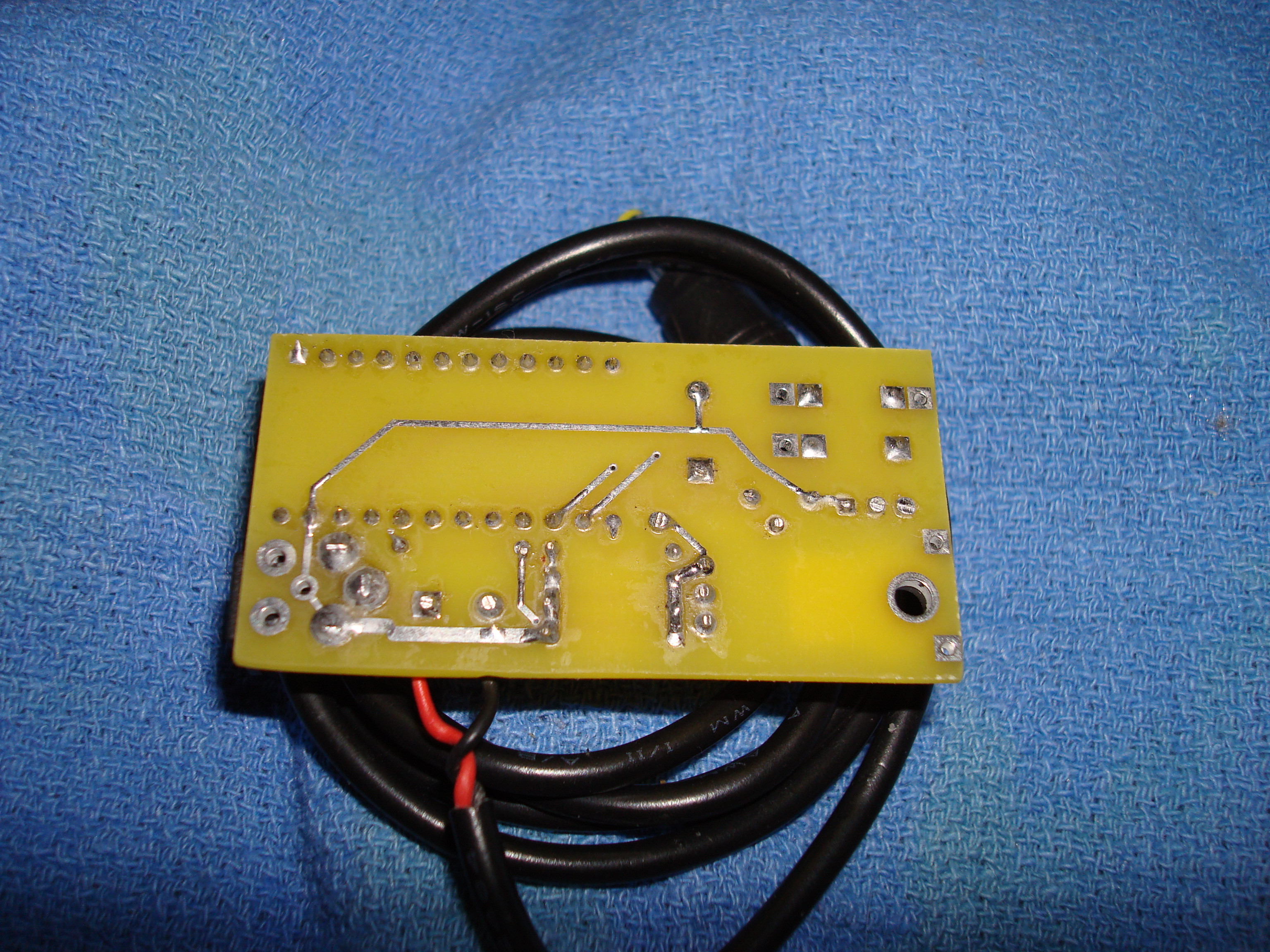AJS
Calm Consistency
Sure, I've already posted the important information several times. It's not something you can rush out and build after learning to solder, however. It involves programming the processor (Arduino, picked because it's designed for students/beginners and is cheap) as well. IIRC, Pipes built one from a kit of parts I sent him? At least that's what I think happened. But Pipes is, as you no doubt know, an exceptional chap with wide skill set.
He didn't see the volume of customers needed when Air came out. I'm not sure Solo, Ascent, FlowerMate, Summit and other such vapes don't provide enough potential customers, but that's not my call. The parts, exclusive of PCB, are under ten dollars a unit. The prototype PCBs I made for the Pilot run are expensive. 3 boards, each making 3 units, were about $70. That cost should come down to about 1/4 or less once they are 'laid out' to final configuration and sent to a production PCB maker. The maker I used will make small volumes (25 IIRC) of the current version for about five dollars each IIRC.

As you can see, it's set up for an assortment of connectors and switches (open, unused holes upper right and lower left). Put the right connectors on it and it runs just fine on 9 VDC (use the factory Assent 'wall wart'). Or 12 VDC (for Solo, etc) or 5 VDC (for the 'USB capable' vapes) with no further changes (including the program for the processor). Another couple of advantages to the Gadget. It beeps to tell you the charge is done, and it cuts 20 minutes to half an hour off each recharge......all while protecting the battery.
There are lots of solutions, I first built a straight analog one (no processor). It too does the job with less electronics skill needed (but still a fair bit). Like the original version of the processor program, it involves setting the level for each vape/charger. You turn the knob to one end, start charging on a 'medium discharged' battery and turn the knob up until it trips out then back it down (half a 'notch' in the case of the one I made).
You can also put a current meter in the charge line and simply stop when the current starts to taper off from the peak. When you can charge from USB ports you can use a plug in USB meter liike this:
http://www.ebay.com/itm/LCD-USB-Cha...309649?hash=item51da639291:g:-0wAAOSwxN5WWCTR
If someone wants to package and produce the current version (or similar for that matter), PM me? I'm happy to help in that, but it does take some skills on the other end?
OF
This sure interests me a great deal. I need to take a class on how to assemble things like this. I've always been very interested in how boards like this work (not sure the proper term besides looking like a board, lol).
Electricity, transferring of energy, batteries...all something in my interests but something that I have absolutely no knowledge about.
I can figure out Psychology just by thinking through it...electronics not so much. I'm not built like that.
I envy your education and knowledge of this subject.
Ascent has always looked good to me. It was a tough choice between the AAir, Ascent, and the Haze. I'm sure many of us have been stuck between the portables in that price range, all offer something so cool. Haven't followed the ascent thread much, so I'm not really sure what separates it from the Air besides the retractable stem and digital temp. I guess I know the outside differences, no clue about performance or taste or efficiency or simplicity comparisons. I'll read more I spose!

